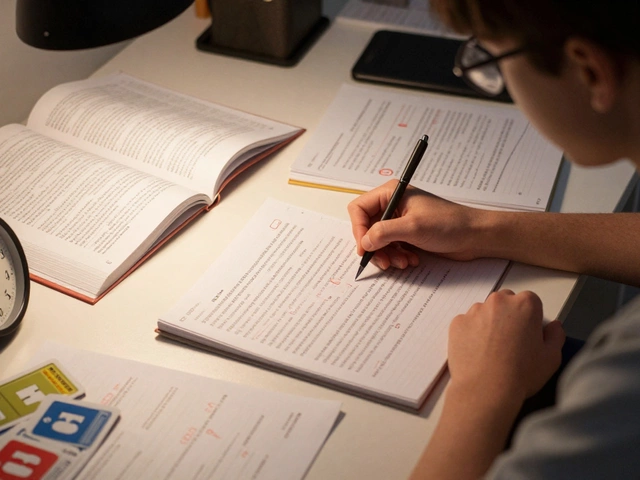Classroom Benefits: How a Great Learning Space Improves Student Success
Ever walked into a room where students look excited, ask questions, and actually understand the lesson? That’s the power of a well‑planned classroom. When the space is set up right, learning feels natural, not forced. Below we’ll look at why those benefits matter and what you can do today to make any classroom better.
Why a Positive Classroom Matters
A welcoming environment does more than look nice. It tells students they’re safe to try, fail, and try again. Safety is the first step to engagement – when kids aren’t worried about being judged, they raise their hands more often. That extra participation leads to better retention because the brain remembers things it’s actively using.
Another boost comes from clear organization. When desks are arranged for the lesson type – rows for lecture, circles for discussion, clusters for group work – students know what’s expected. They spend less time figuring out where to sit and more time focusing on the content.
Inclusivity is a hidden benefit that pays big dividends. A classroom that reflects diverse cultures, abilities, and learning styles helps every student feel seen. That small feeling of belonging turns into higher attendance and lower dropout rates.
Practical Ways to Grow Classroom Benefits
Start with lighting. Natural light or bright LED fixtures lift mood and reduce eye strain. If you can’t change the windows, add a simple desk lamp for each student – it’s cheap and makes a difference.
Next, look at acoustics. Hard surfaces bounce sound and create echo, making it hard to hear the teacher. Soft rugs, curtains, or acoustic panels absorb noise, so every voice is clearer. Even a few fabric wall hangings can improve sound quality.
Seating arrangement is another quick win. Try a flexible layout: keep a few rows for direct instruction, but leave space for clusters that can be pulled together for projects. Rotate the seating every few weeks to keep the dynamics fresh.
Display work that matters. Put student projects, charts, and inspirational quotes at eye level. It signals that their effort counts and gives them a visual reminder of what they’re working toward.
Finally, make the room easy to navigate. Label shelves, use color‑coded bins, and keep supplies near where they’re used. When students can find a marker or textbook without asking, they stay on task and develop independence.
These tweaks don’t require a big budget – just a bit of observation and willingness to experiment. The biggest benefit comes from listening to the kids. Ask them what helps them focus and what distracts them. Their feedback often points straight to the next improvement.
When you invest time in shaping the classroom, the payoff shows up in test scores, attendance, and overall happiness. Students learn faster, teachers feel less stressed, and the whole school culture lifts. So next time you walk into a room, notice the little things – lighting, sound, seating – and think about how a small change could spark a big benefit for everyone.
Remember, the goal isn’t perfection; it’s progress. Each adjustment you make adds up, creating a space where learning feels natural and rewarding. That’s the real classroom benefit – a place where students thrive and teachers enjoy what they do.






